5 Courses to Learn RESTful Web Services With Java and Spring in 2019 DZone Java
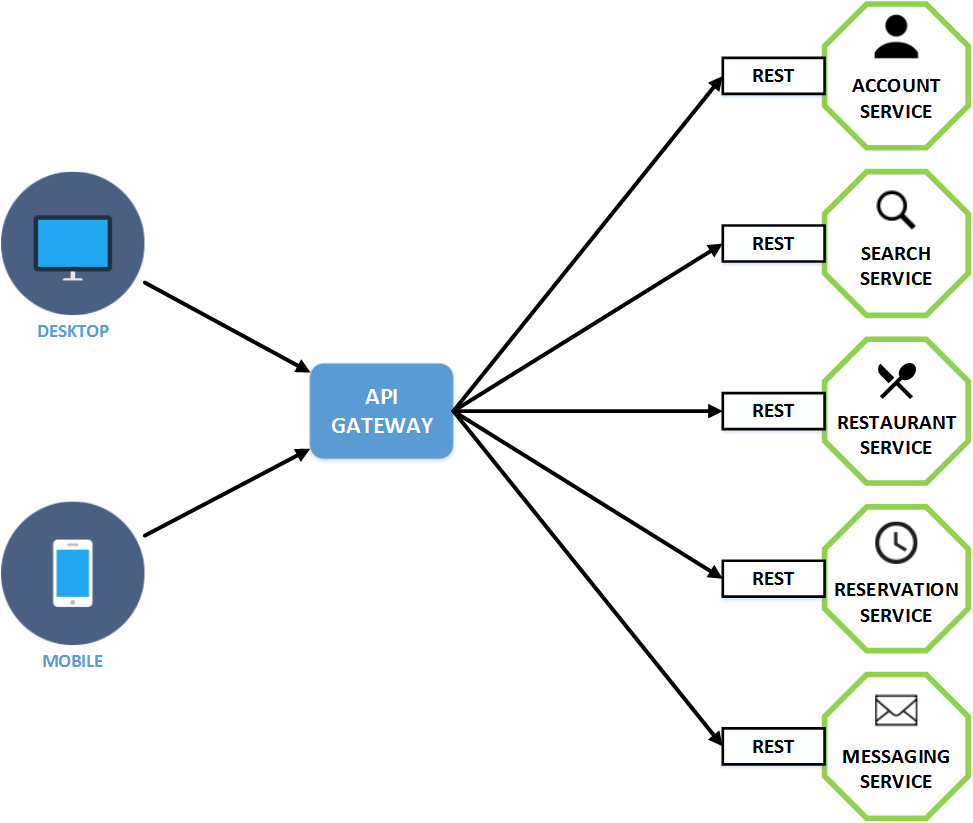
RESTful Web Services. REST or Representational State Transfer is an architectural style that can be applied to web services to create and enhance properties like performance, scalability, and modifiability. RESTful web services are generally highly scalable, light, and maintainable and are used to create APIs for web-based applications.
What is Rest and Restful API? Understand the Concept YouTube

Representational State Transfer (REST) is a widely used architectural style for building web services and APIs. RESTful APIs are designed to be simple, scalable, and flexible. They are often used in web and mobile applications, as well as in Internet of Things (IoT) and microservices architectures. Main Characteristics:
Why is RESTful API so popular? by Alex Xu
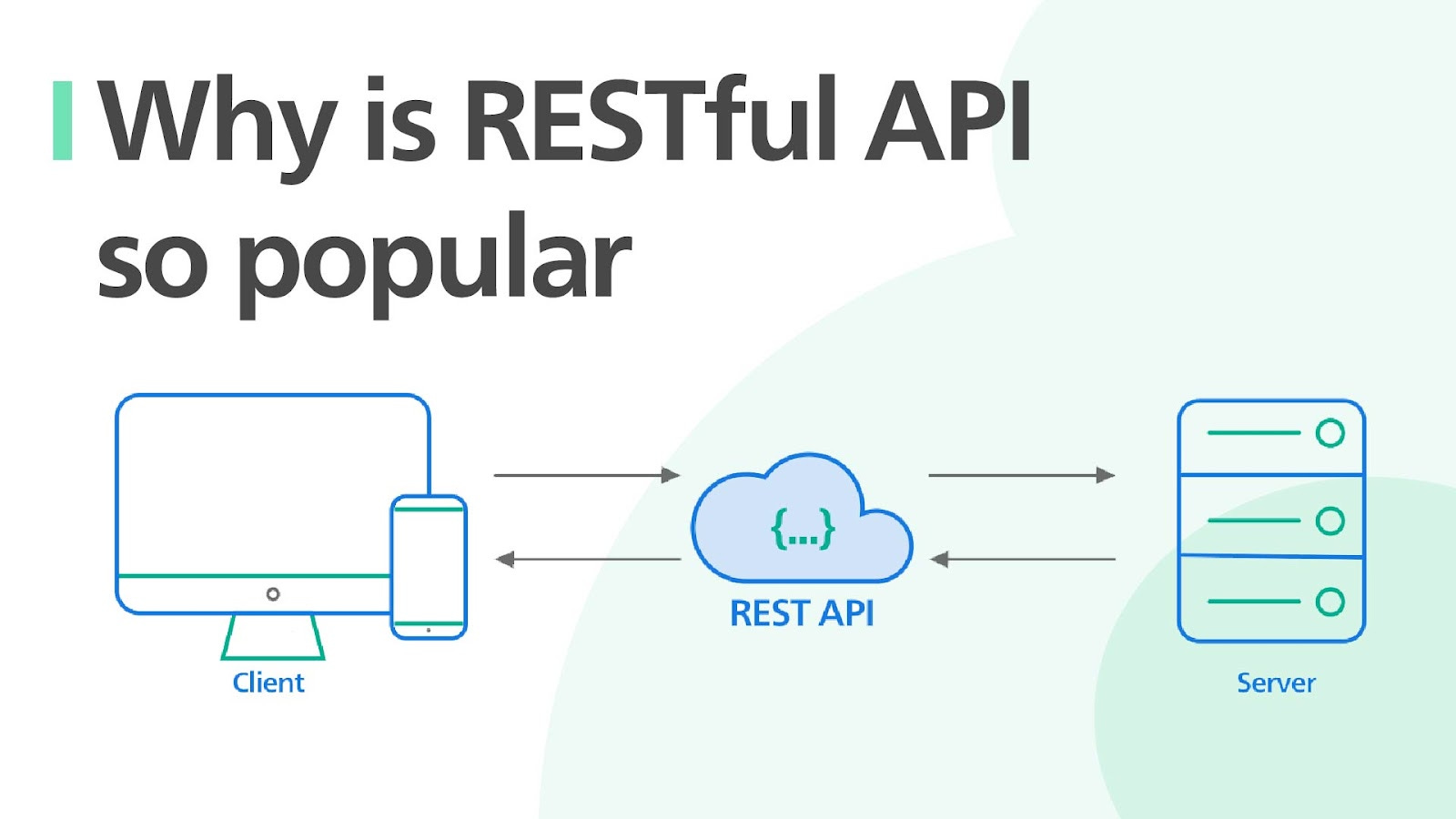
592. Representational state transfer (REST) is a style of software architecture. As described in a dissertation by Roy Fielding, REST is an "architectural style" that basically exploits the existing technology and protocols of the Web. RESTful is typically used to refer to web services implementing such an architecture.
Publishing REST Web Services Overview

REpresentational State Transfer (REST): REST is an architectural style and design employed in API development. It consists of six guiding constraints for building applications that communicate over HTTP. It supports multiple messaging formats, including HTML, XML, YAML, JSON, and plain text, providing more flexibility and a wide range of use.
RESTful Web Services and Architecture with the web API Systango
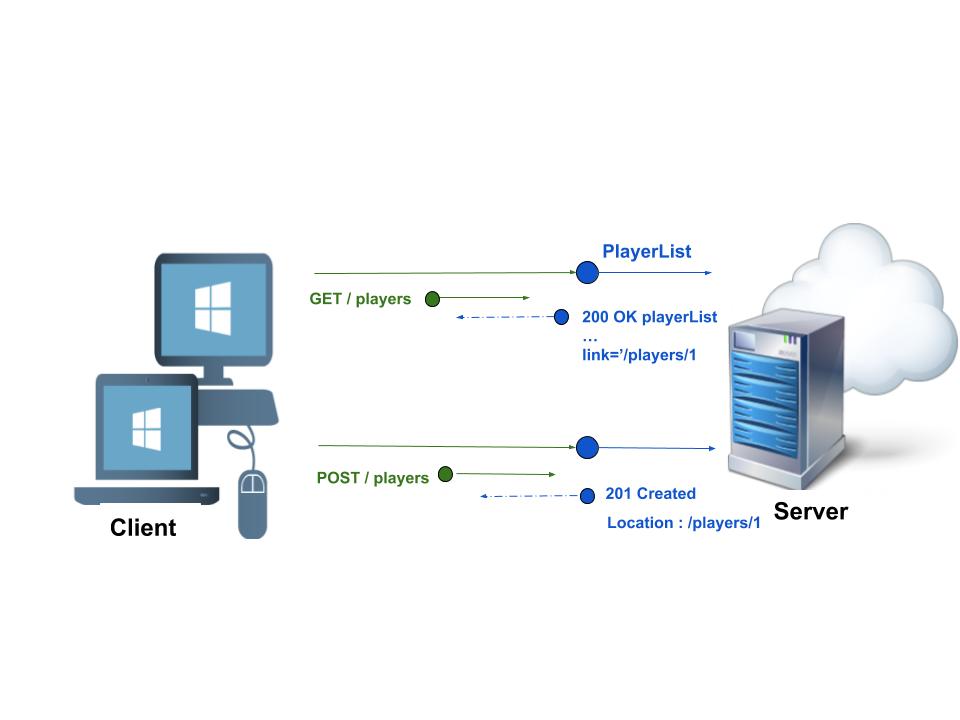
RESTful Web services allow the requesting systems to access and manipulate textual representations of Web resources by using a uniform and predefined set of stateless operations. Let's demystify what that means (hopefully you got the full form). REST is basically a set of rules for communication between a client and server.
What is a RESTful API?
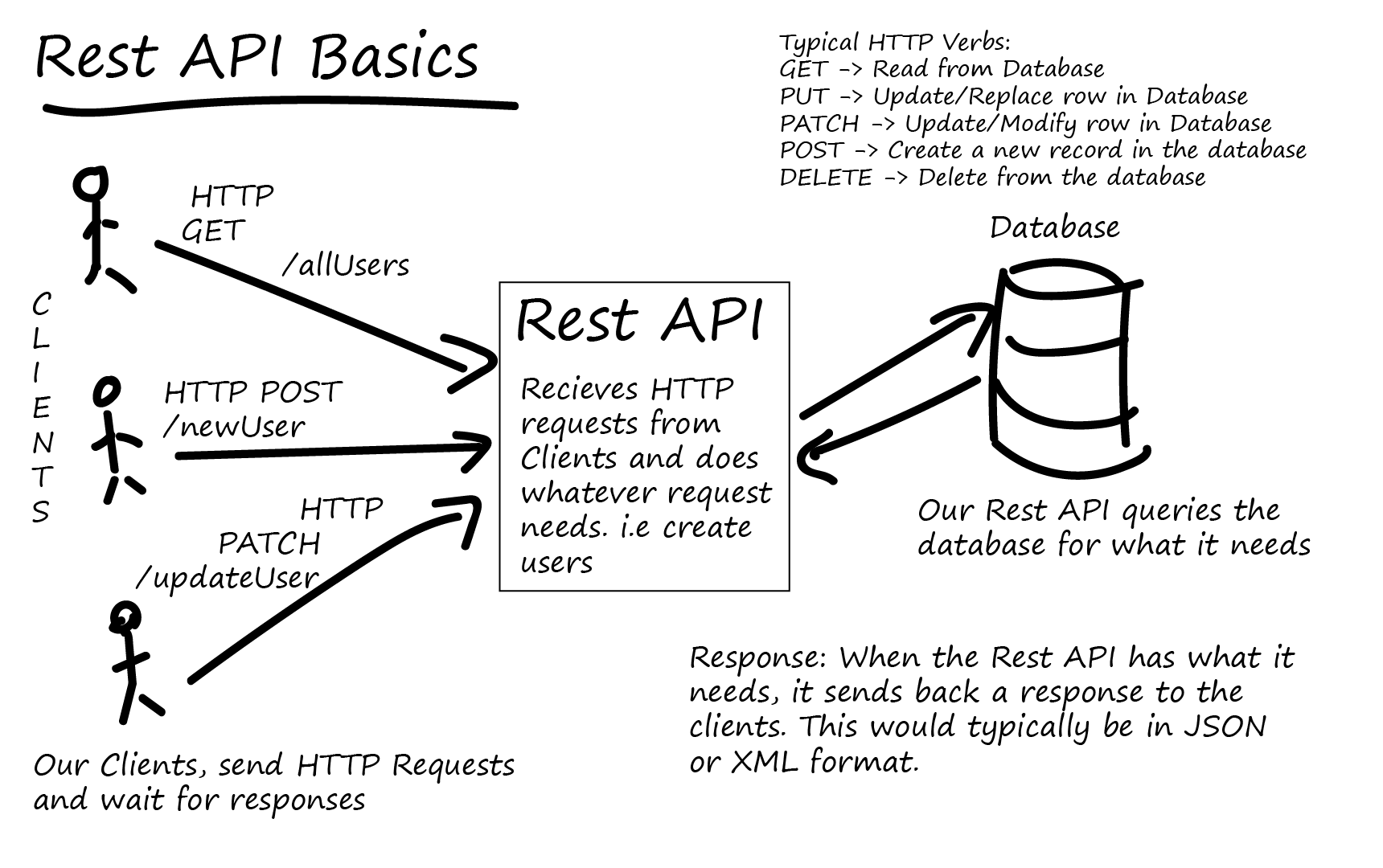
A REST API, also known as a RESTful API, is a simple, uniform interface that is used to make data, content, algorithms, media, and other digital resources available through web URLs. REST APIs are the most common APIs used across the web today. History of REST APIs. Related: The History of APIs
5.1. RESTful Web Service — TERASOLUNA Server Framework for Java (5.x) Development Guideline 5.3.
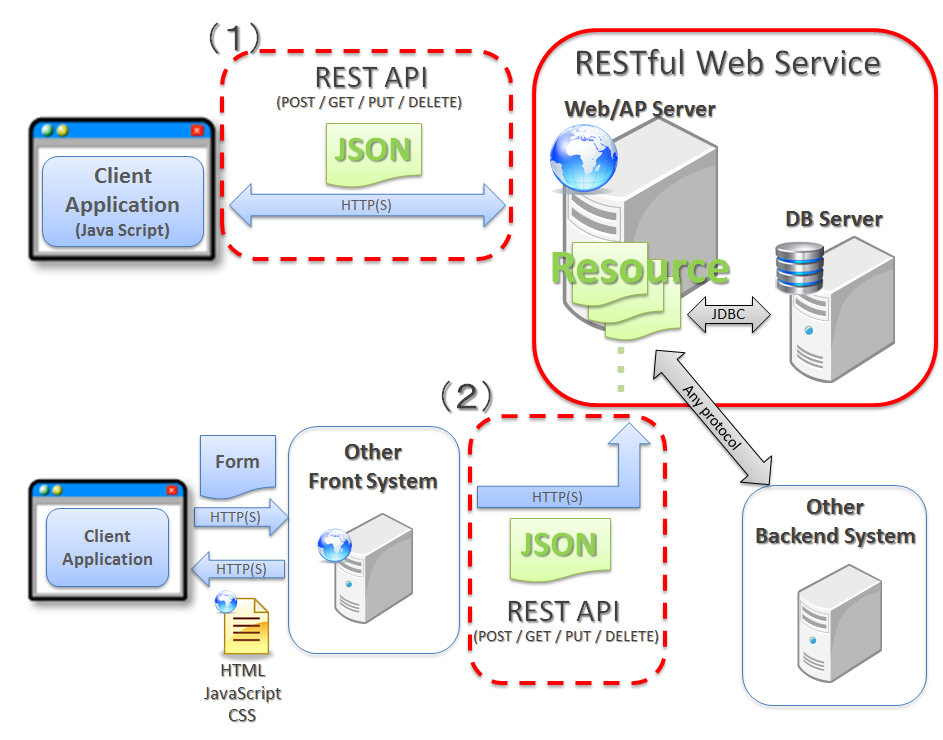
REpresentational State Transfer. REST, or REpresentational State Transfer, is an architectural style for providing standards between computer systems on the web, making it easier for systems to communicate with each other. REST-compliant systems, often called RESTful systems, are characterized by how they are stateless and separate the concerns.
What is a REST API? Beginner's Guide
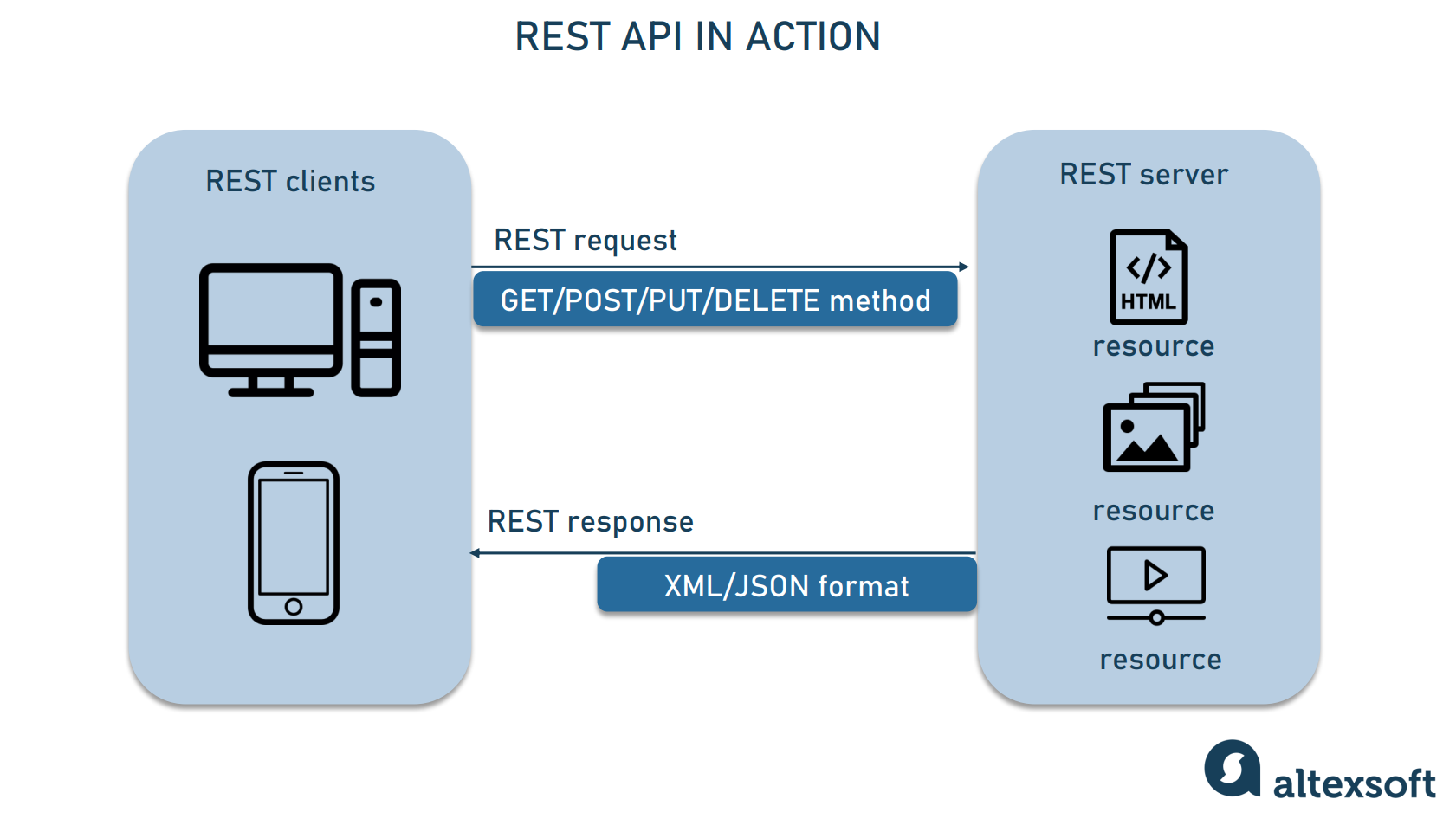
A REST API is a way for two computer systems to communicate using the HTTP technologies found in web browsers and servers. Sharing data between two or more systems has always been a fundamental.
The Beginner's Guide to Test RESTful APIs and Web Services DZone
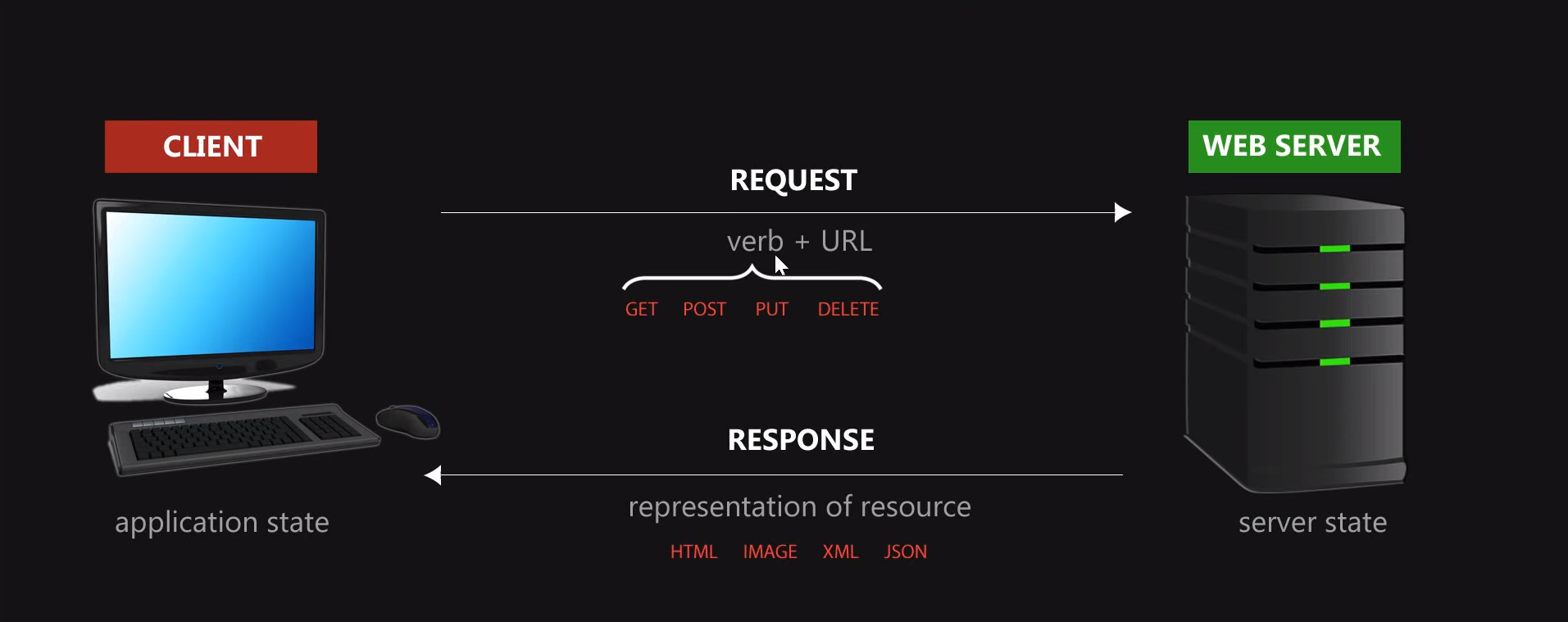
Abstract. RESTful Web services are software services which are published on the Web, taking full advantage and making correct use of the HTTP protocol. This chapter gives an introduction to the REST architectural style and how it can be used to design Web service APIs. We summarize the main design constraints of the REST architectural style and.
REST API Tutorial
A REST API (also known as RESTful API) is an application programming interface (API or web API) that conforms to the constraints of REST architectural style and allows for interaction with RESTful web services. REST stands for representational state transfer and was created by computer scientist Roy Fielding. How to capitalize on your REST APIs.
Allocation ReSTful Web Service Implementation
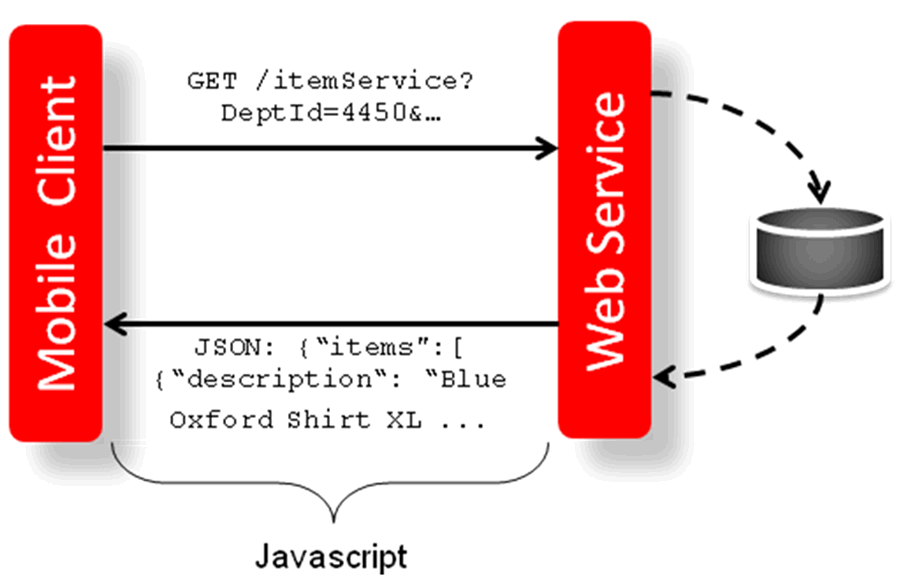
If you use Maven, you can run the application by using ./mvnw spring-boot:run. Alternatively, you can build the JAR file with ./mvnw clean package and then run the JAR file, as follows: java -jar target/gs-rest-service-.1..jar. The steps described here create a runnable JAR. You can also build a classic WAR file.
What Is REST API? Examples And How To Use It

A REST API (also called a RESTful API or RESTful web API) is an application programming interface (API) that conforms to the design principles of the representational state transfer (REST) architectural style. REST APIs provide a flexible, lightweight way to integrate applications and to connect components in microservices architectures.
What is REST and RESTful API? REST API and RESTful API with Examples SYSTEMCONF
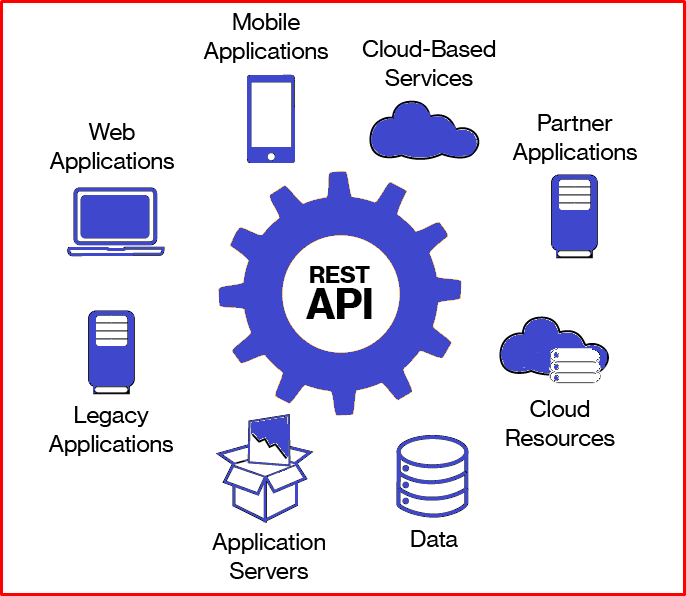
REST vs RESTful: Remote Procedure Call on Web Services.. REST RESTful APIs use services like PUT, DELETE, GET, POST, and PATCH to perform the HTTP actions. REST vs. RESTful APIs: Consistent User Interface. One of the most important aspects of REST applications is a consistent user interface. This is what mostly distinguishes REST designs.
A deep dive into Restful APIs DEV Community

REST web services are increasingly replacing SOAP and WSDL-based web services, thanks to being an easier-to-use, resource-oriented model to expose services. This article introduces you to the basic principles and uses of REST.. In a RESTful Web service, the verbs—POST, GET, PUT, and DELETE—are already defined by the protocol.
REST API & RESTful Web Services Explained Web Services Tutorial YouTube

SOAP was long the standard approach to web service interfaces, although it's been dominated by REST in recent years, with REST now representing more than 70% of public APIs according to Stormpath. Understand the primary differences between SOAP vs. REST and how each can benefit your organization's goals. SOAP vs REST: Primary Differences
REST APIs Explained 4 Components

REST is a popular way of designing and building web services that are based on the concept of REpresentational State Transfer. In this tutorial, you will learn what REST is, how it works, and why it is widely used. You will also find out how to use HTTP methods, such as GET, POST, PUT, and DELETE, to interact with RESTful APIs.